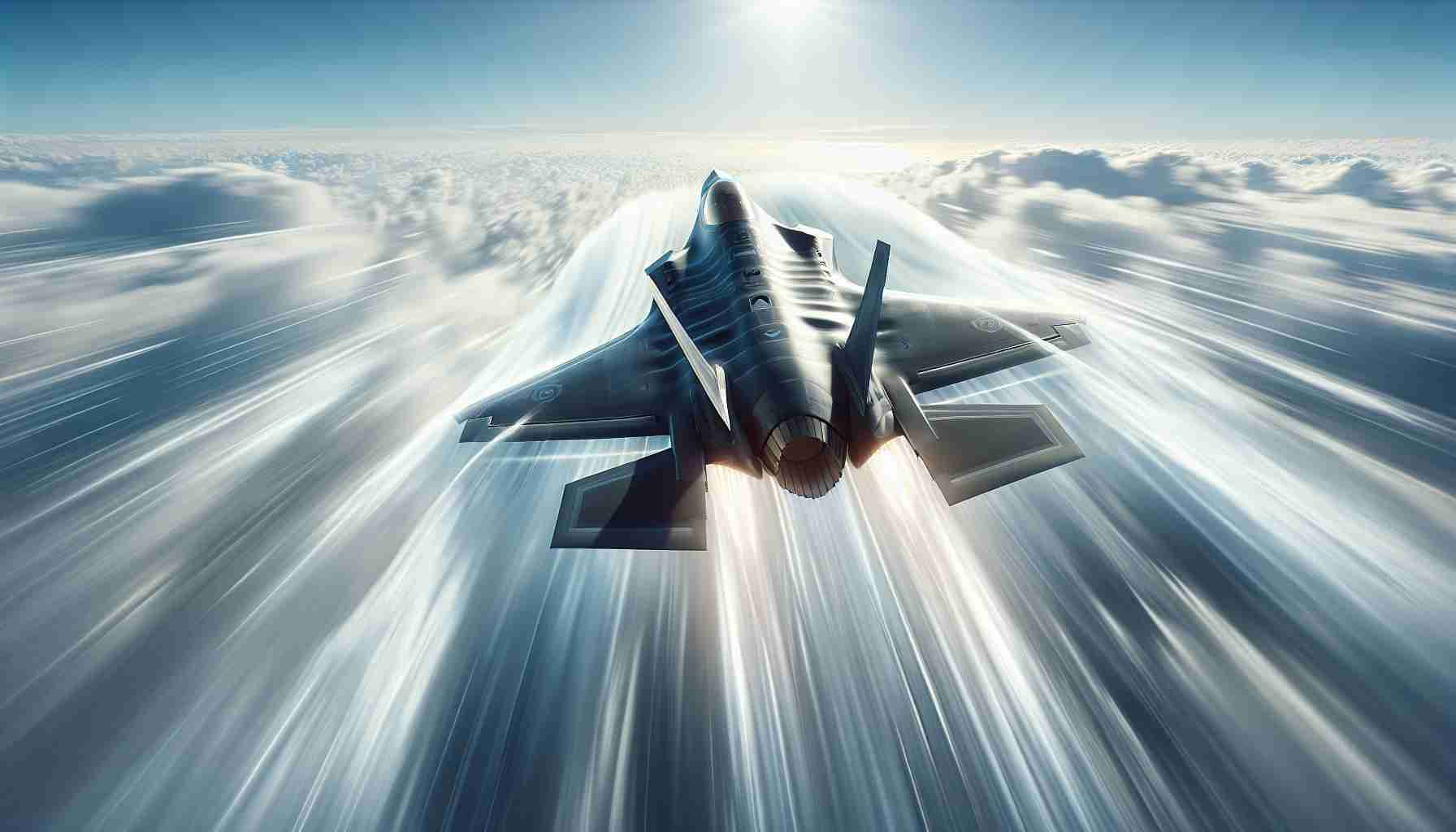The F-35 Lightning II is not only a marvel of modern aviation but is recognized as a cornerstone of advanced military capabilities. Designed by Lockheed Martin, the F-35 is a family of stealth multirole fighter jets that has established benchmarks in innovation and performance. One of its extraordinary achievements is its remarkable ability to reach maximum speeds that leave other aircraft in its wake.
The F-35 can fly at maximum speeds of approximately 1,200 miles per hour (1931 kilometers per hour), or almost Mach 1.6. This impressive speed is accomplished using a single Pratt & Whitney F135 engine, which is one of the most powerful fighter aircraft engines in the world, delivering superior thrust and efficiency. Such capability allows the F-35 to perform rapid deployment, quick response to threats, and extensive reconnaissance missions.
What sets the F-35 apart is not just its blistering speed but also its advanced stealth features that enable it to avoid detection from enemy radar. This stealth capability, coupled with its speed and maneuverability, makes the F-35 a formidable presence in modern air combat.
The combination of speed, agility, and stealth makes the F-35 integral to military superiority in various theaters globally. As countries continue to integrate this aircraft into their defense systems, the F-35’s speed remains one of its defining characteristics, ensuring it remains at the forefront of aerial warfare technology capabilities long into the future. The F-35’s maximum speed enhances its ability to perform in complex and dynamic environments, making it a critical tool for strategic defense operations worldwide.
The F-35’s Stealth Supremacy: The Undisputed Game Changer for Modern Warfare
The F-35 Lightning II, already renowned for its cutting-edge speed and agility, reshapes our understanding of air combat through its stealth superiority. While much attention has been given to its physical prowess, the F-35’s true game-changing feature lies in its stealth technology, redefining air defense strategies globally.
Why is stealth technology pivotal? Simply put, it revolutionizes warfare by allowing the F-35 to operate undetected by enemy radar systems. This is achieved through a combination of shape, coating materials, and electronic systems designed to evade radar detection, fundamentally altering how missions are planned and executed. The ability to infiltrate enemy territory without being seen provides a tactical advantage in reconnaissance and surprise attacks.
Impact on military strategy is profound. Countries investing in the F-35, such as the United States, the United Kingdom, and several NATO members, gain unmatched aerial advantages. Its stealth capabilities allow them to conduct operations with heightened confidence while minimizing risk to pilots and aircraft.
However, controversies arise regarding the high costs and complex technology involved in its development and maintenance. The financial burden challenges some nations, leading to debates on defense budgets and priorities. Critics argue that the F-35 program’s extensive expenses could divert funds from other critical defense areas.
In conclusion, the F-35 Lightning II is far more than just a fast plane; it is a stealth powerhouse reshaping military dynamics. As debates continue over its cost versus benefits, one cannot deny its transformative impact on modern warfare. For more insights into defense technology, visit Lockheed Martin and NATO.























